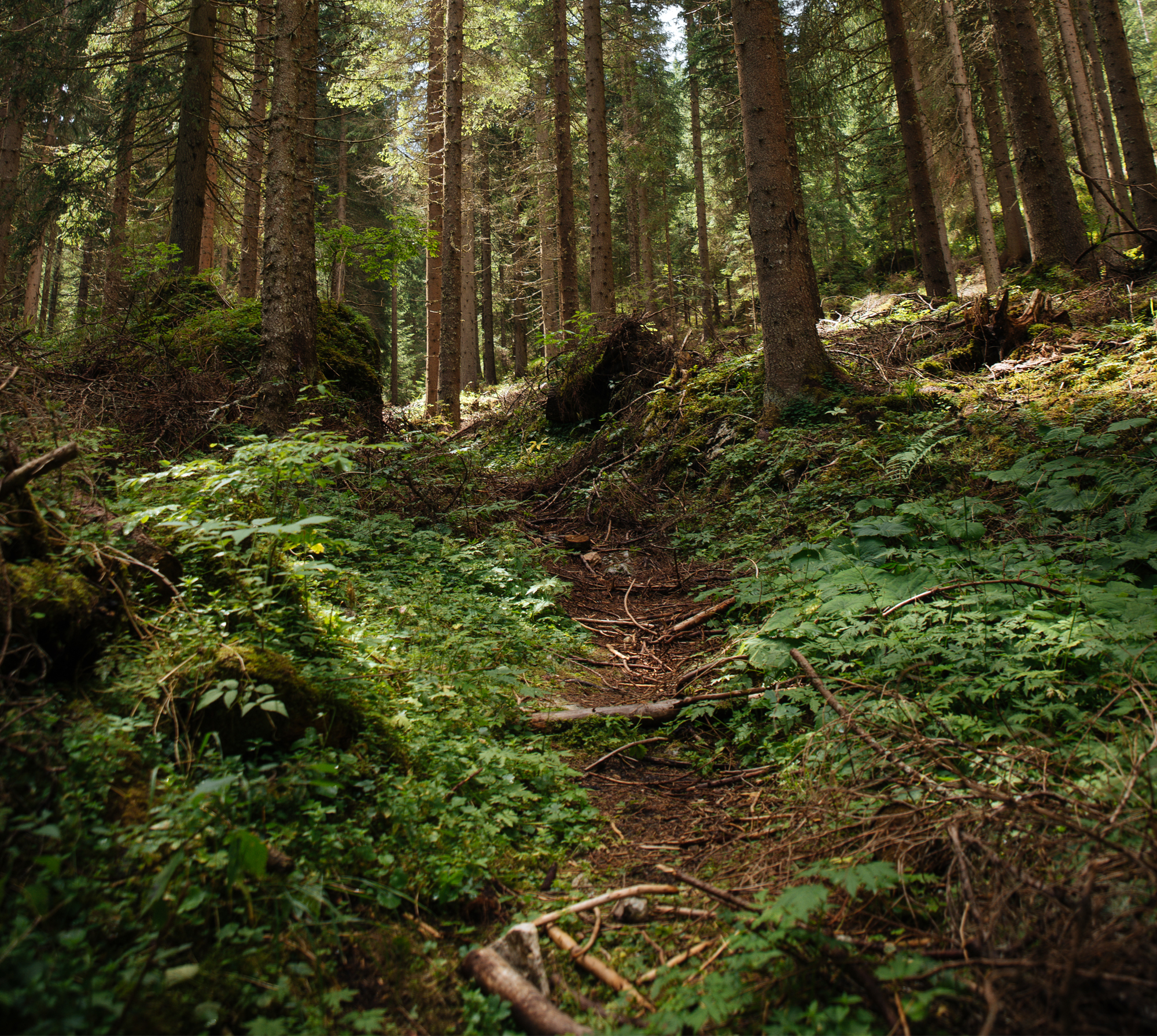
Potencjalne konsekwencje hodowlane spontanicznego różnicowania struktury w drzewostanach „borowego” kompleksu Puszczy Niepołomickiej
Potential silvicultural consequences of spontaneous structure differentiating in the coniferous stands of the Niepołomice Primeval Forest
Autorzy
-
Leszek Bartkowicz
Akademia Rolnicza w Krakowie, Wydział Leśny, Katedra Szczegółowej Hodowli Lasu, al. 29 Listopada 46, 31-425 Kraków; fax: 012 633 6245,
e-mail: rlpach@cyf-kr.edu.pl
Abstrakt
Examples of stands characterized by variable DBH structure and representing continental mixed-coniferous community (Querco roboris-Pinetum (W. Mat. 1981) J. Mat. 1988), pine moist community (Molinio caeruleae-Pinetum W. Mat. & J. Mat. 1973) and pine marsh community (Vaccinio uliginosi-Pinetum Kleist 1929) in the Niepołomice Primeval Forest were analyzed to assess change in stand species structure. Expansion of oaks (Quercus robur L. and Quercus petraea Liebl.) and birches (Betula pendula Roth. and Betula pubescens Ehrh.) was noted accompanied by the recession of previously dominated Scots pine (Pinus sylvestris L.). Different life-history strategies of these species enabling their sustainable co-existence in the stands of complex structure. It makes semi-natural silviculture management possible to apply to achieve diverse stands characterized by dynamic quantitative relations between tree species and DBH classes. Original concept of silvicultural goal and framework rules of forest management were also proposed.
Słowa kluczowe
| DOI | |
|---|---|
| Source | |
| Print ISSN | |
| Online ISSN |
|
| Type of article |
|
| Original title |
|
| Publisher | |
| Date | |

